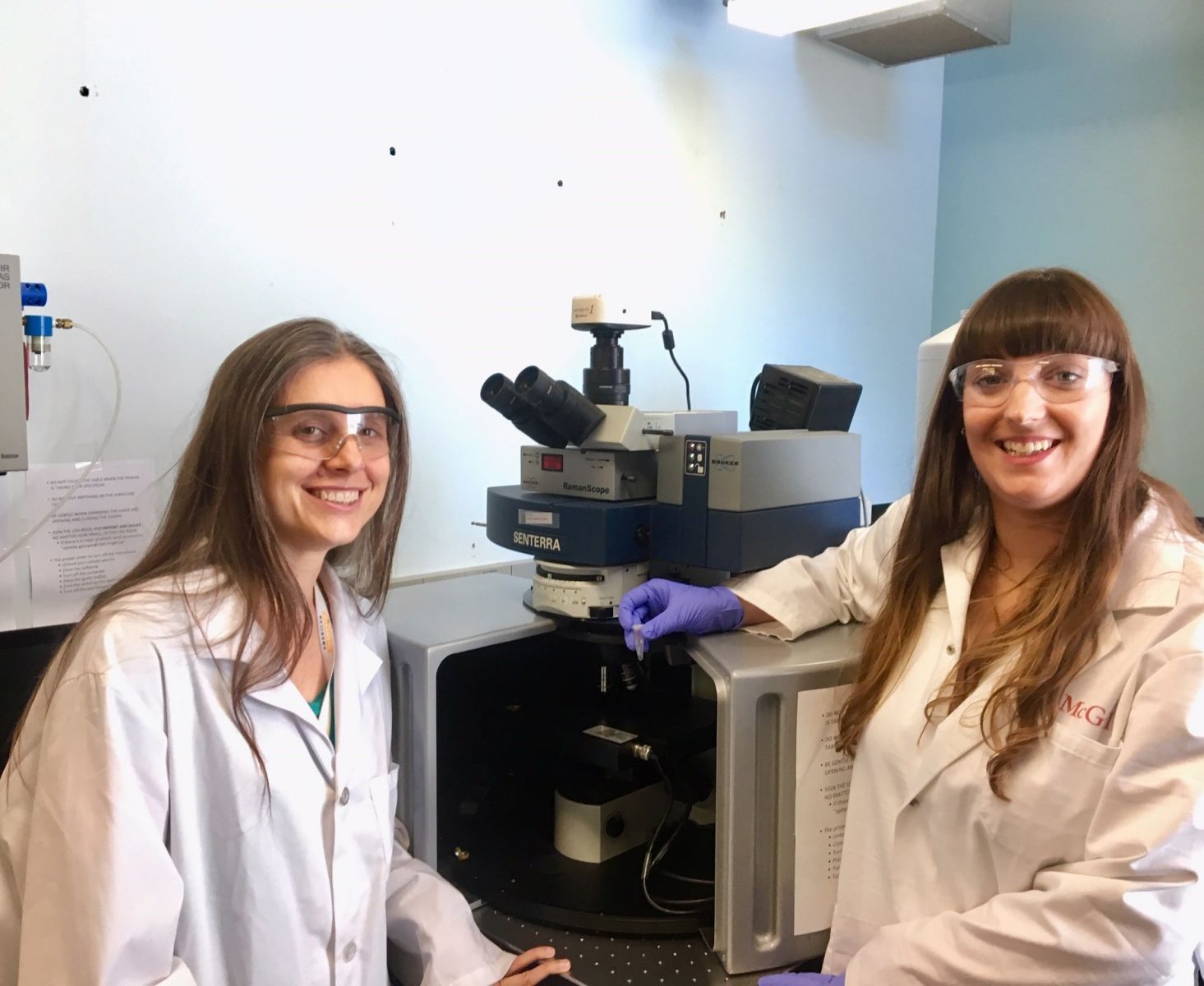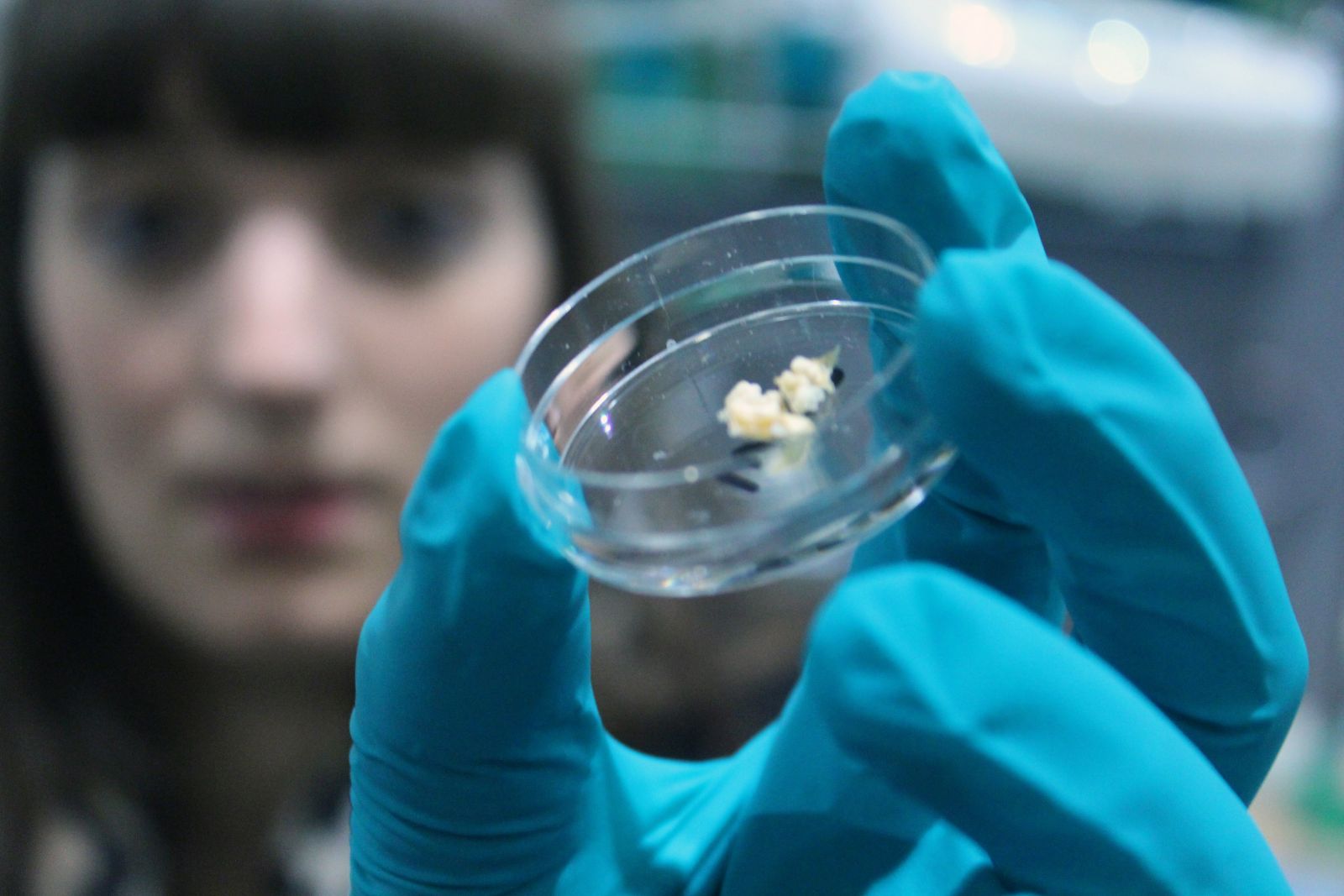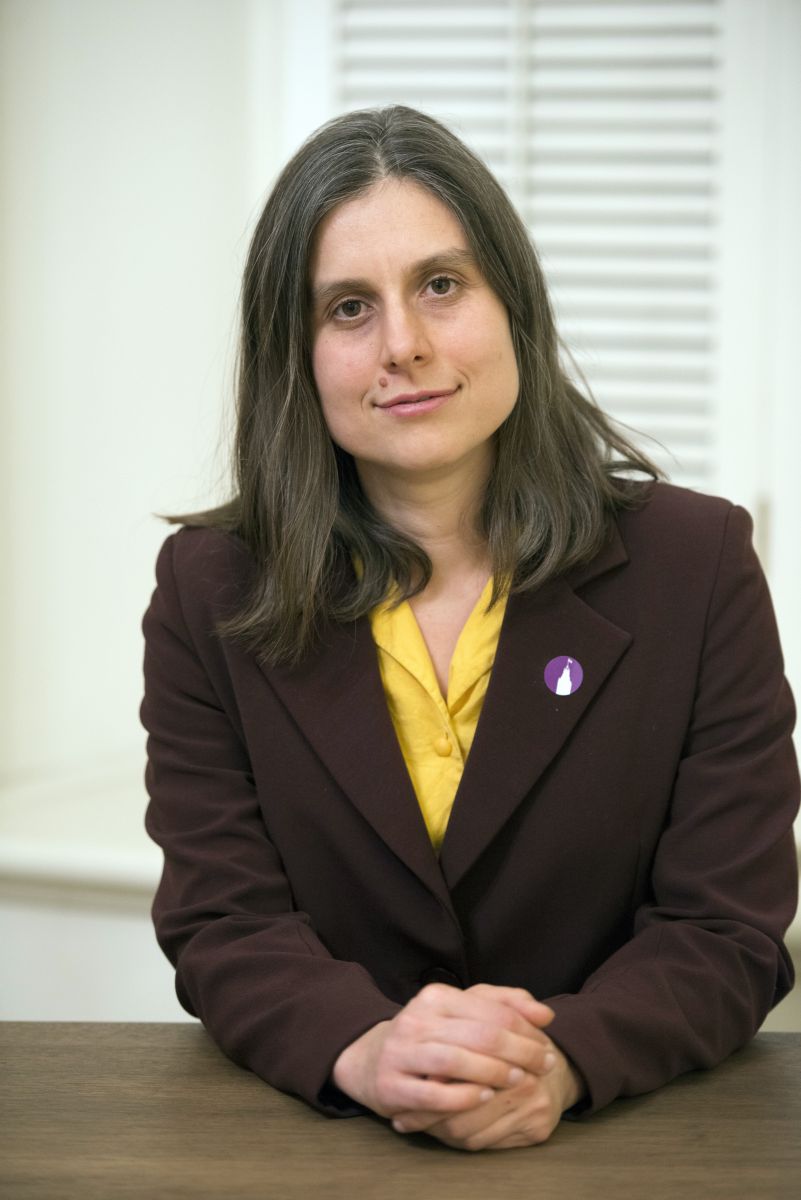Discovery shows men and women develop heart disease differently
Scientists from McGill University used the CLS to uncover that different minerals block heart valves in men versus women. This discovery could impact how heart disease is diagnosed and treated for the different sexes.
By Victoria SchrammA black and white photo of a man and woman hugging.

Heart disease is the leading cause of death throughout the world. Marta Cerruti, an Associate Professor with McGill University, and her team used the CMCF beamline at the CLS to analyze damaged heart valves from patients who needed transplants.
“What we showed, which was a surprise to us, is that the type of minerals in the heart valves is different between the sexes,” said Cerruti.
The beamline allowed them to see that the buildup of minerals in the heart, and its progression to a more bone-like state, is slower in women than in men. There was also a type of mineral found almost exclusively in the female samples. “That finding was completely new, we did not expect it at all. There is no other technique that could have showed us this difference in mineral phase.”
The team hopes this finding could help to develop better diagnostics and therapies.

“Now that we know the composition is different, that could help in developing new diagnostic tests that are specific for women versus men,” said Cerruti. “Understanding what the minerals are could definitely help to develop a cure. It’s possible that there could be easier ways to target these minerals and dissolve them for women.”
“The fact that current diagnoses are skewed towards the male presentation of this disease definitely disadvantages women,” she added.
Historically, scientific and medical studies have not featured diversity and inclusion. For example, using only male mice in experiments used to be standard practice. “It’s a relatively new concept that people have to ensure that they analyze diverse samples and patients. I’ve seen it develop in my own career.”

Cerruti supports diversity and that translates into her views as a scientist too. “Basically, by only looking at a specific population, you will skew your data. Having a more diverse data set improves your science,” she said. “That is the way science should be done.”
This isn’t her first time trying to see the world from a broad perspective. When she was in school, she couldn’t decide if she wanted to be a philosopher or a chemist.
“I wanted to help people from a big picture point of view and to understand the world around me. Working on a biology-related project kind of puts the two things together. We’re trying to understand something that relates to the world but also has a direct effect on the wellbeing of people.”
She was able to combine her passions by studying minerals. “Understanding how these minerals are formed has all these clinical applications. Once you understand what the minerals are and how they are formed in places where you don’t want them, like in heart valves, then you can help to get rid of them.”
Their group is also trying to develop an improved delivery system for currently-recommended drugs or a new drug. “We want make a system that helps to deliver the drug to the exact correct location so that they help remove mineral buildup in your heart arteries and valves without harming your bones or your teeth.”
While her team does not yet know why different minerals form in the hearts of men and women, they plan to come back to the CLS to find out. “We want to find out why this is happening and there could be many different causes.” Down the road, these answers could help to save millions of lives around the world.
Gourgas, Ophélie, Kashif Khan, Adel Schwertani, and Marta Cerruti. "Differences in mineral composition and morphology between men and women in aortic valve calcification." Acta Biomaterialia 106 (2020): 342-350. DOI: 10.1016/j.actbio.2020.02.030.
For more information, contact:
Victoria Schramm
Communications Coordinator
Canadian Light Source
306-657-3516
victoria.schramm@lightsource.ca
